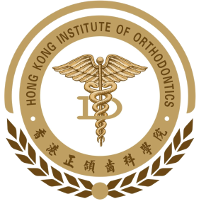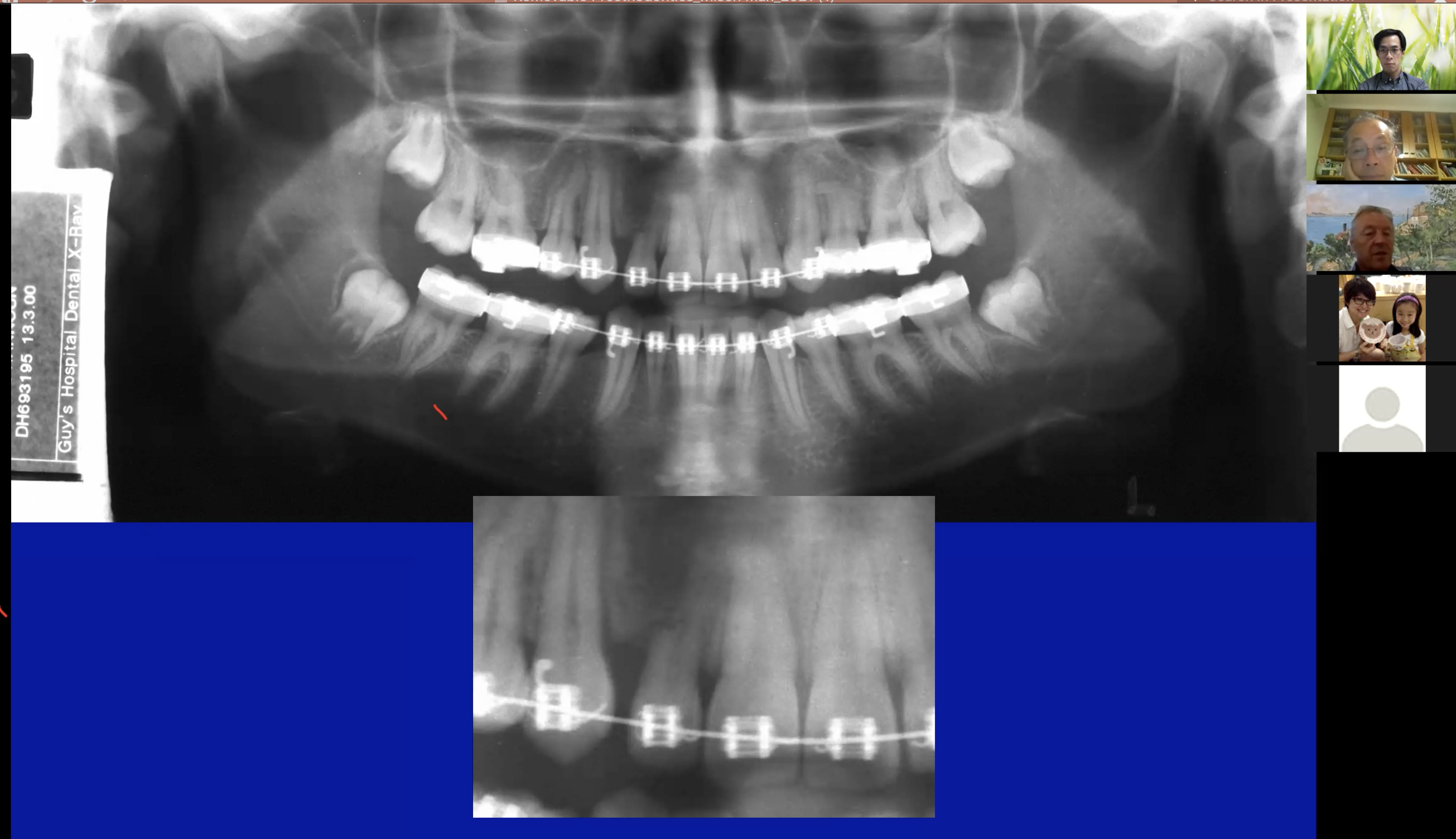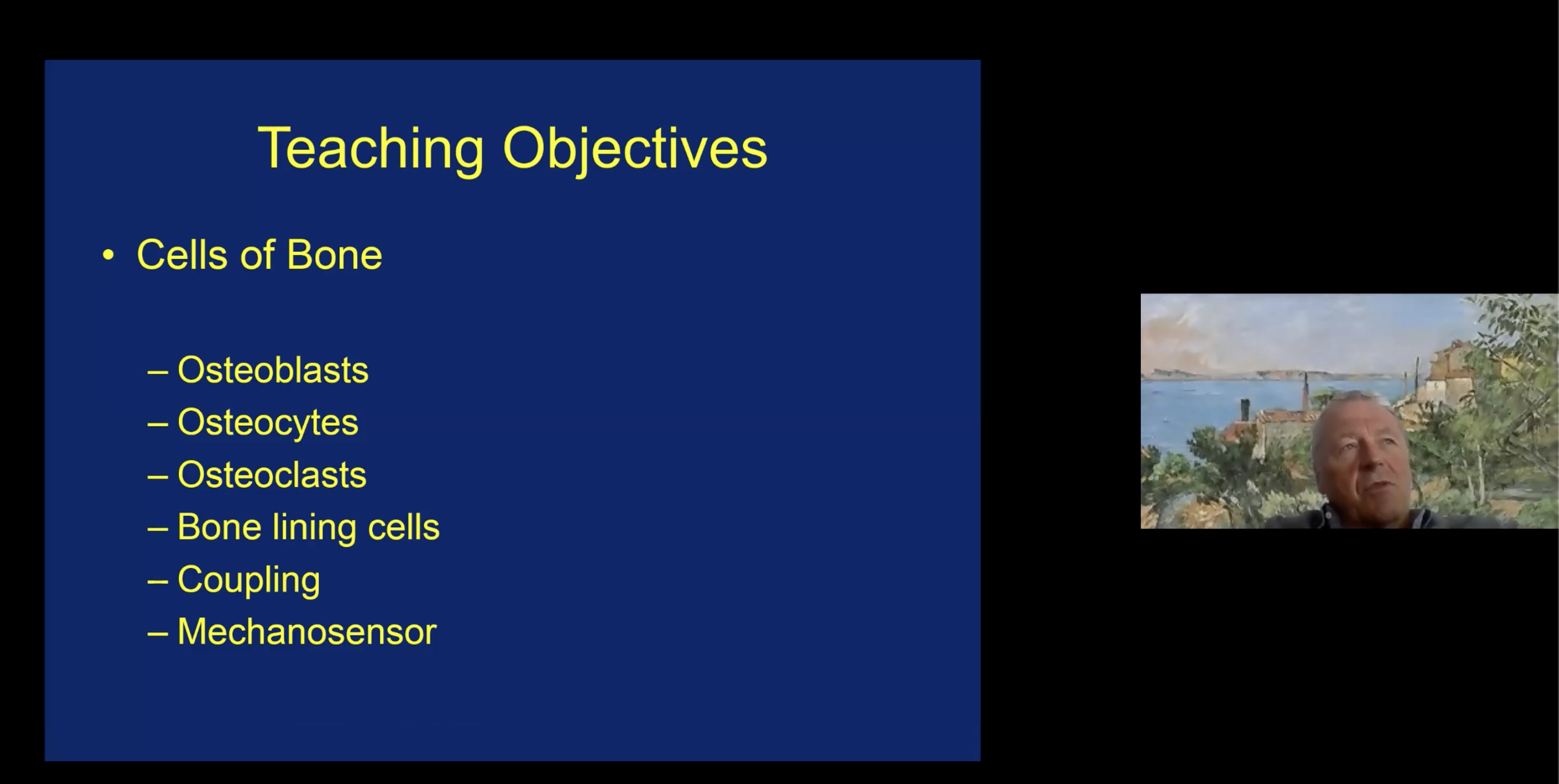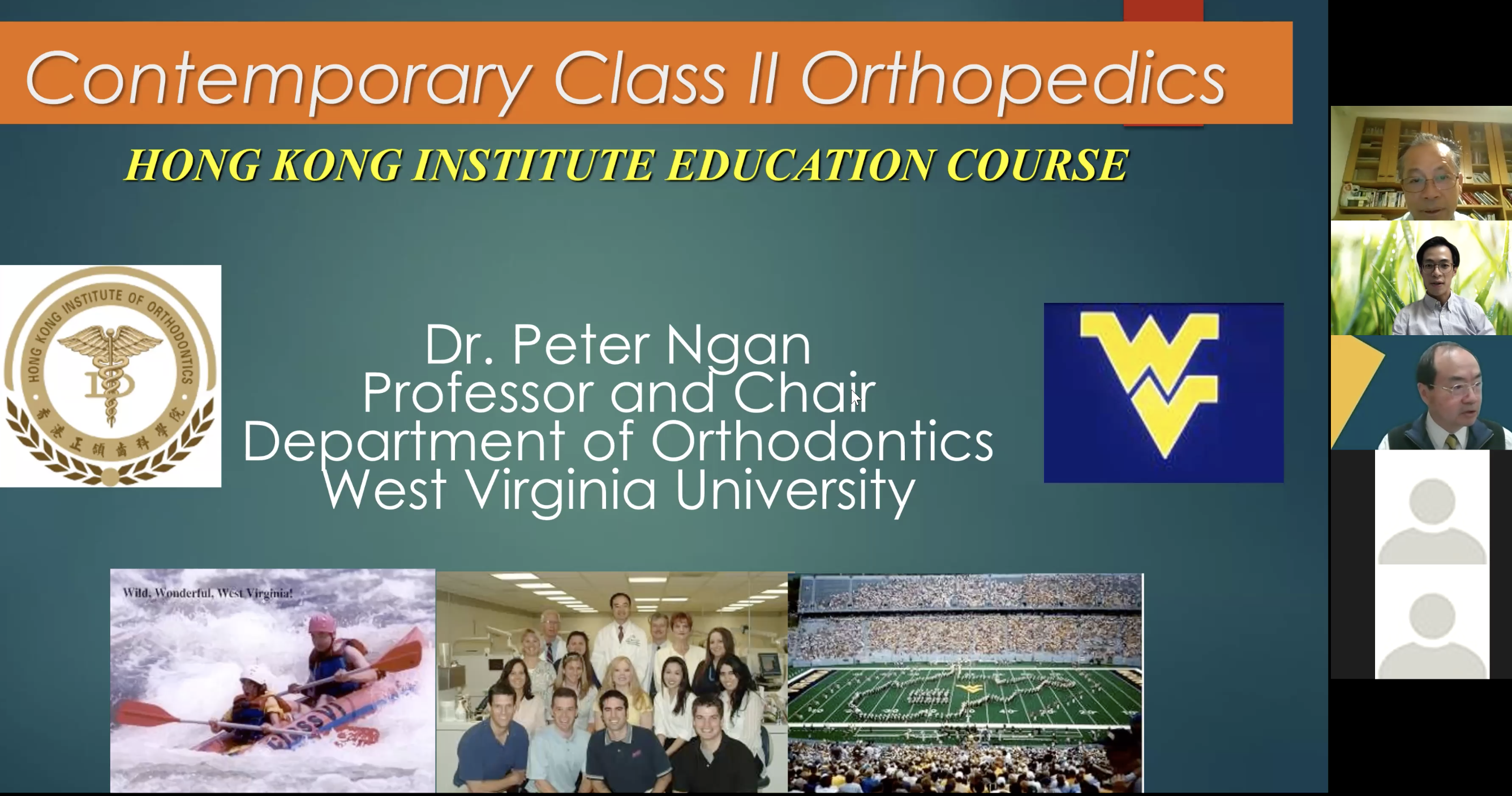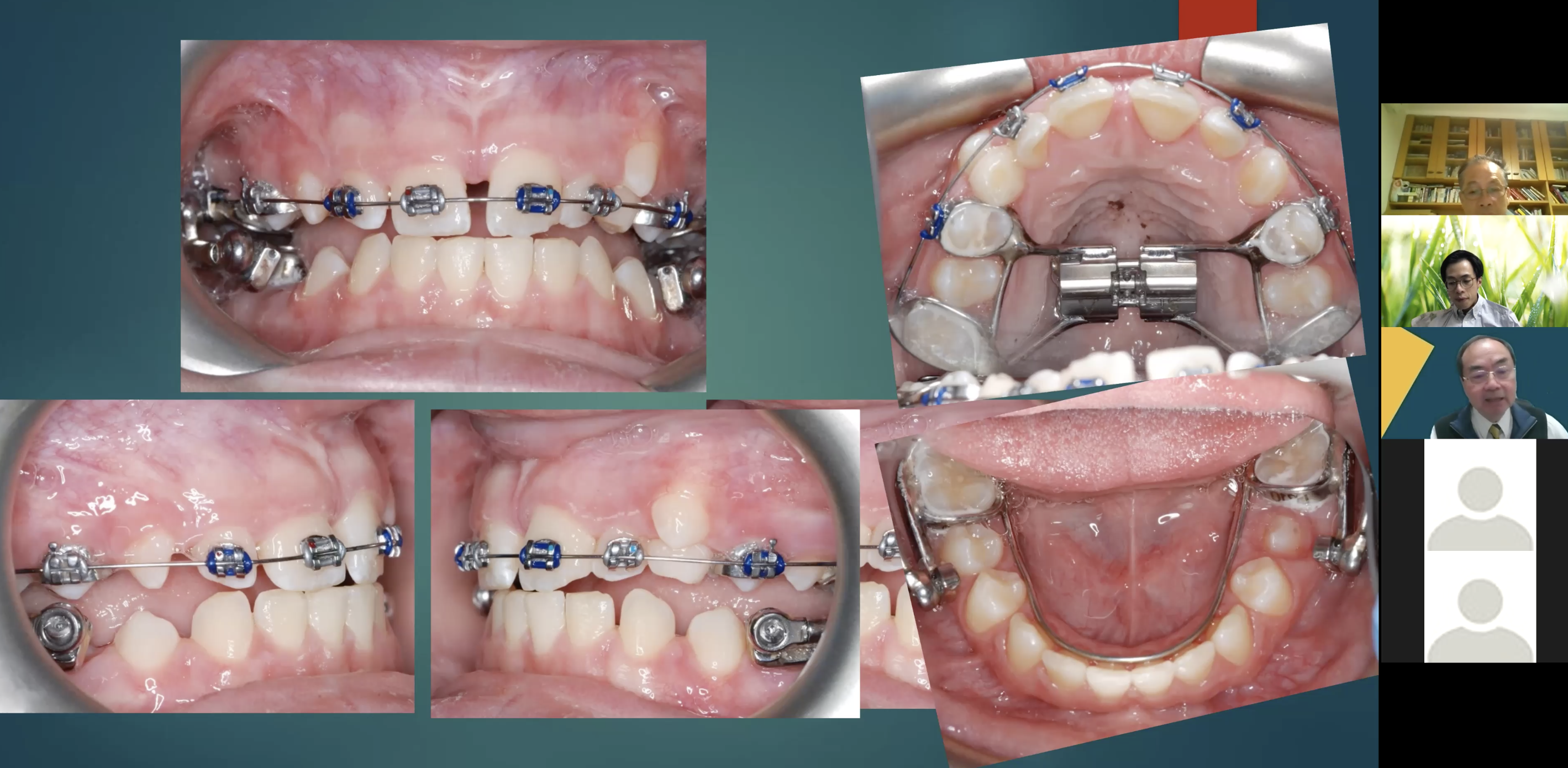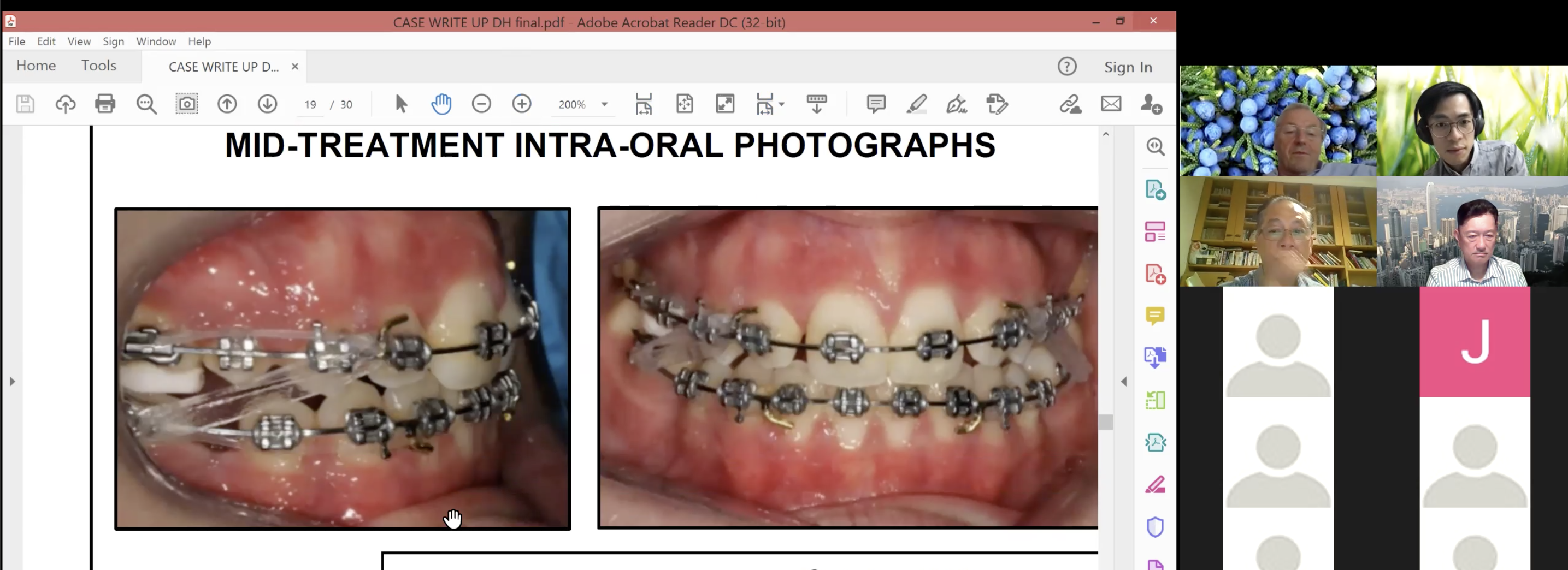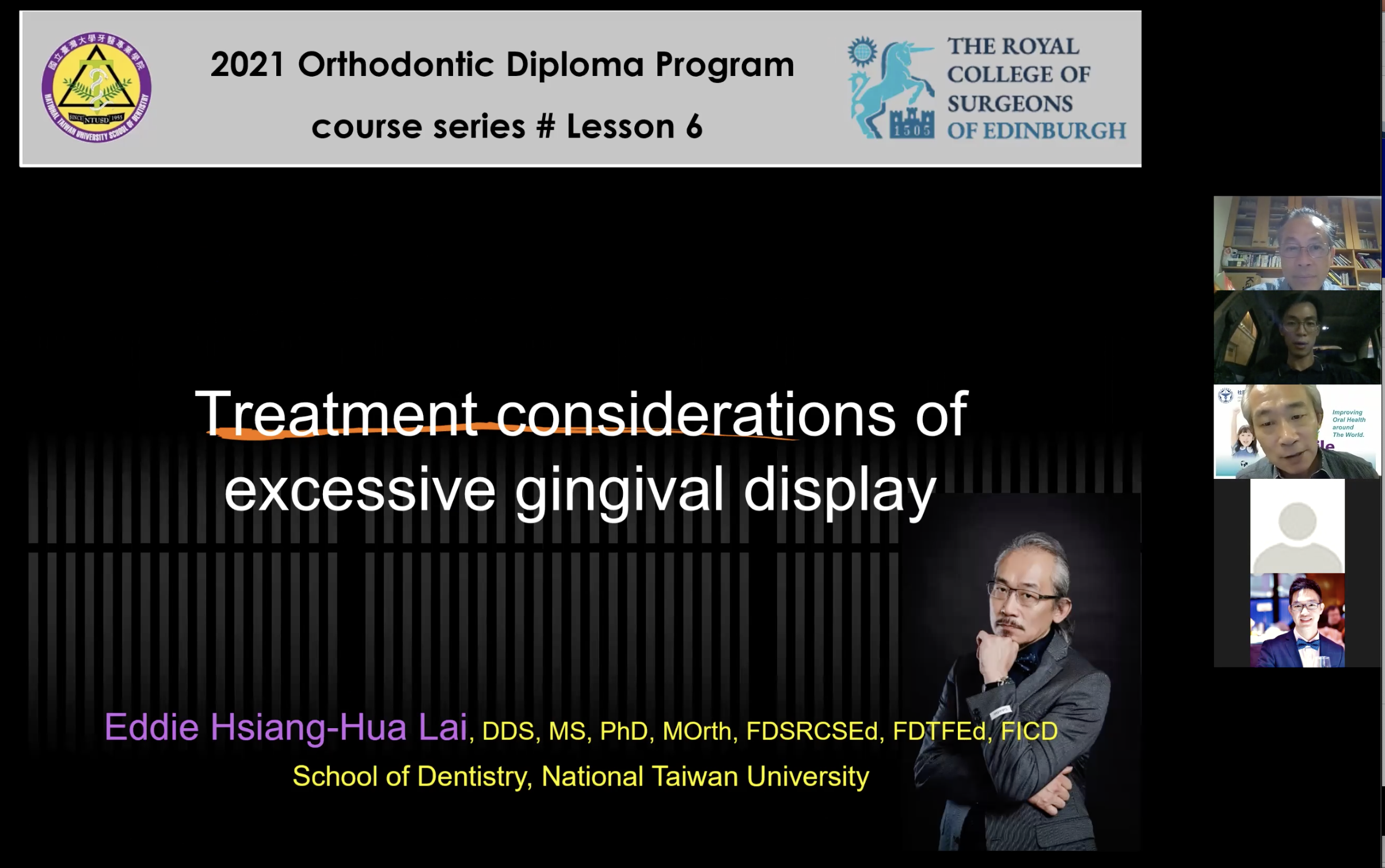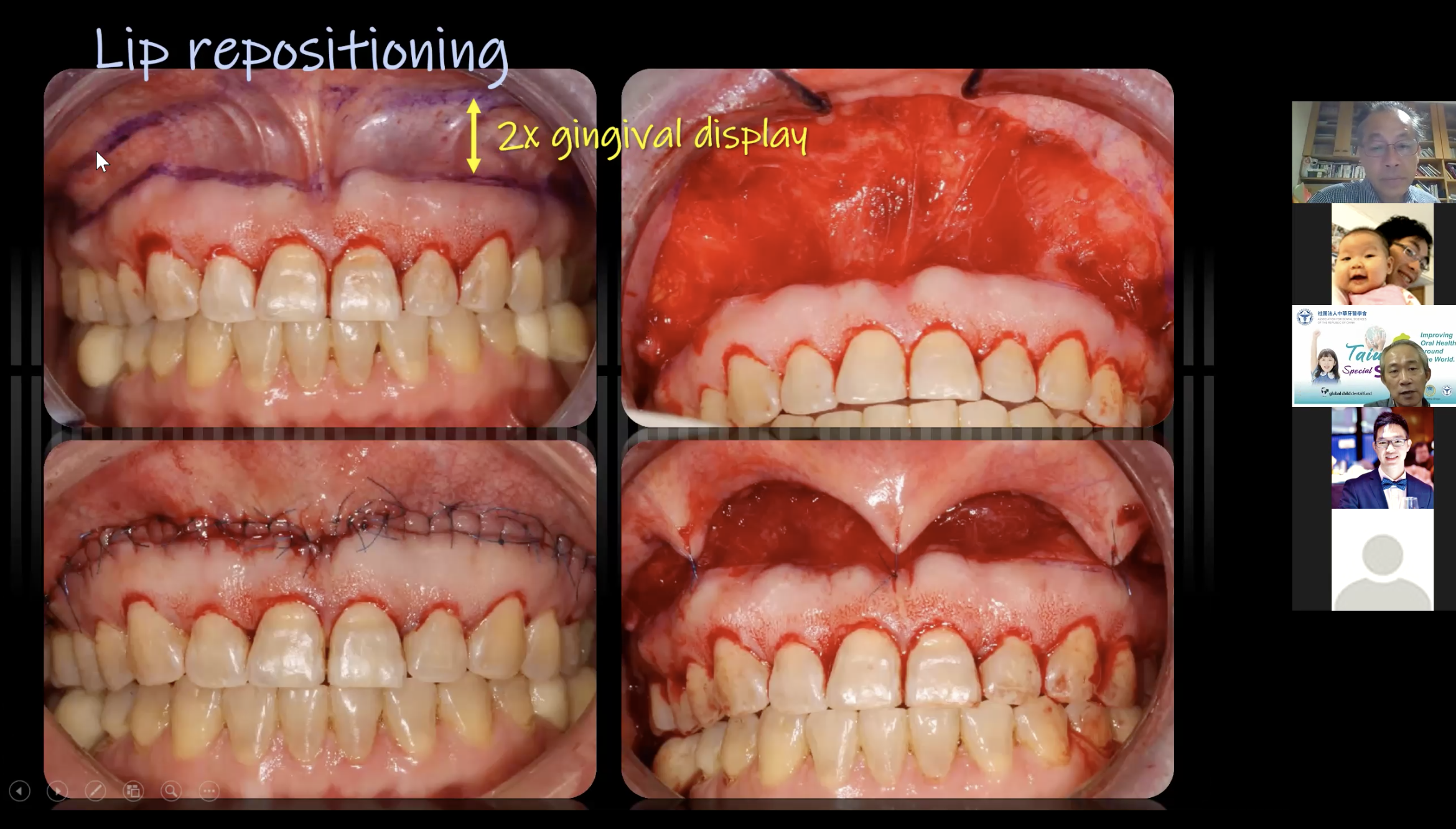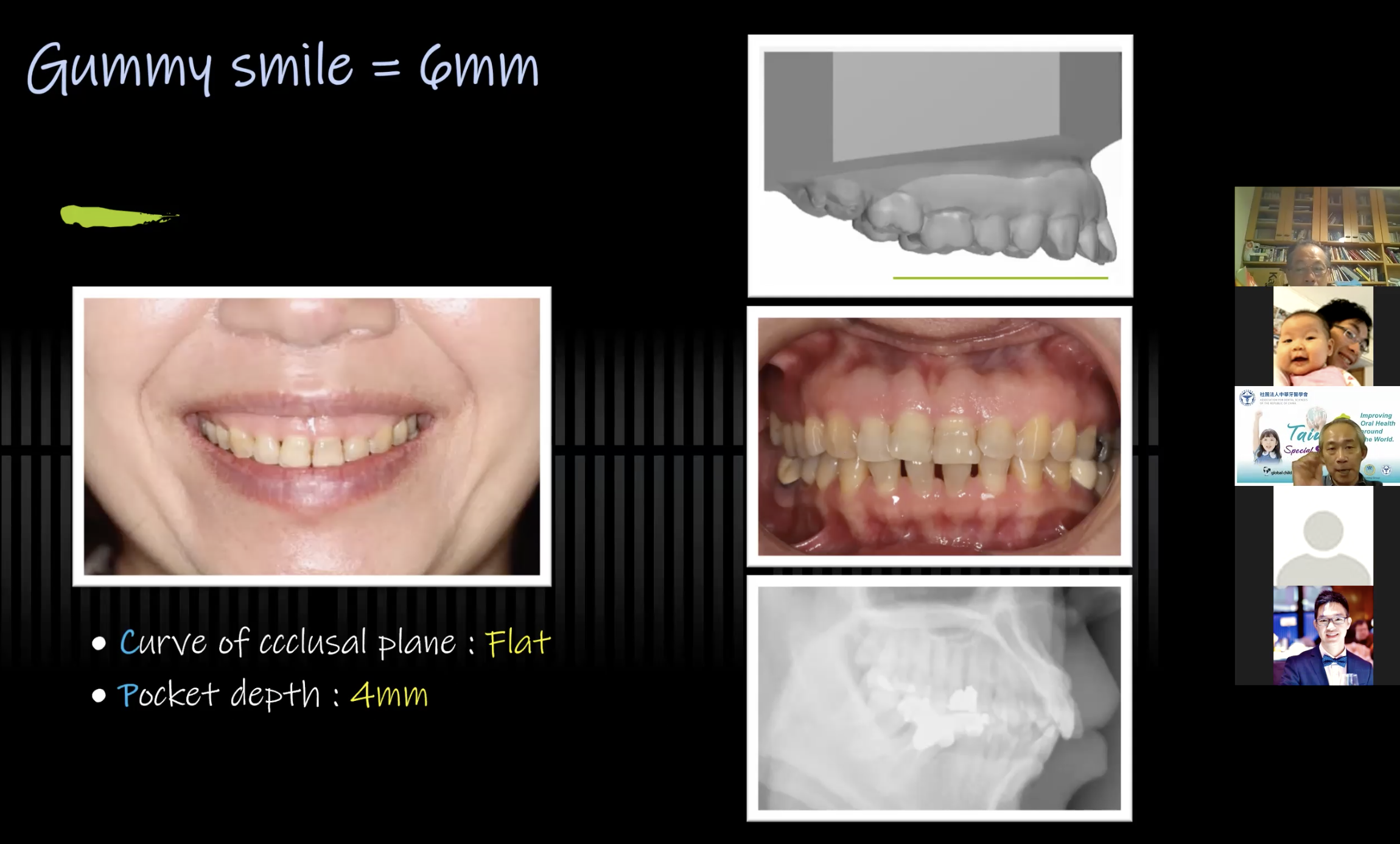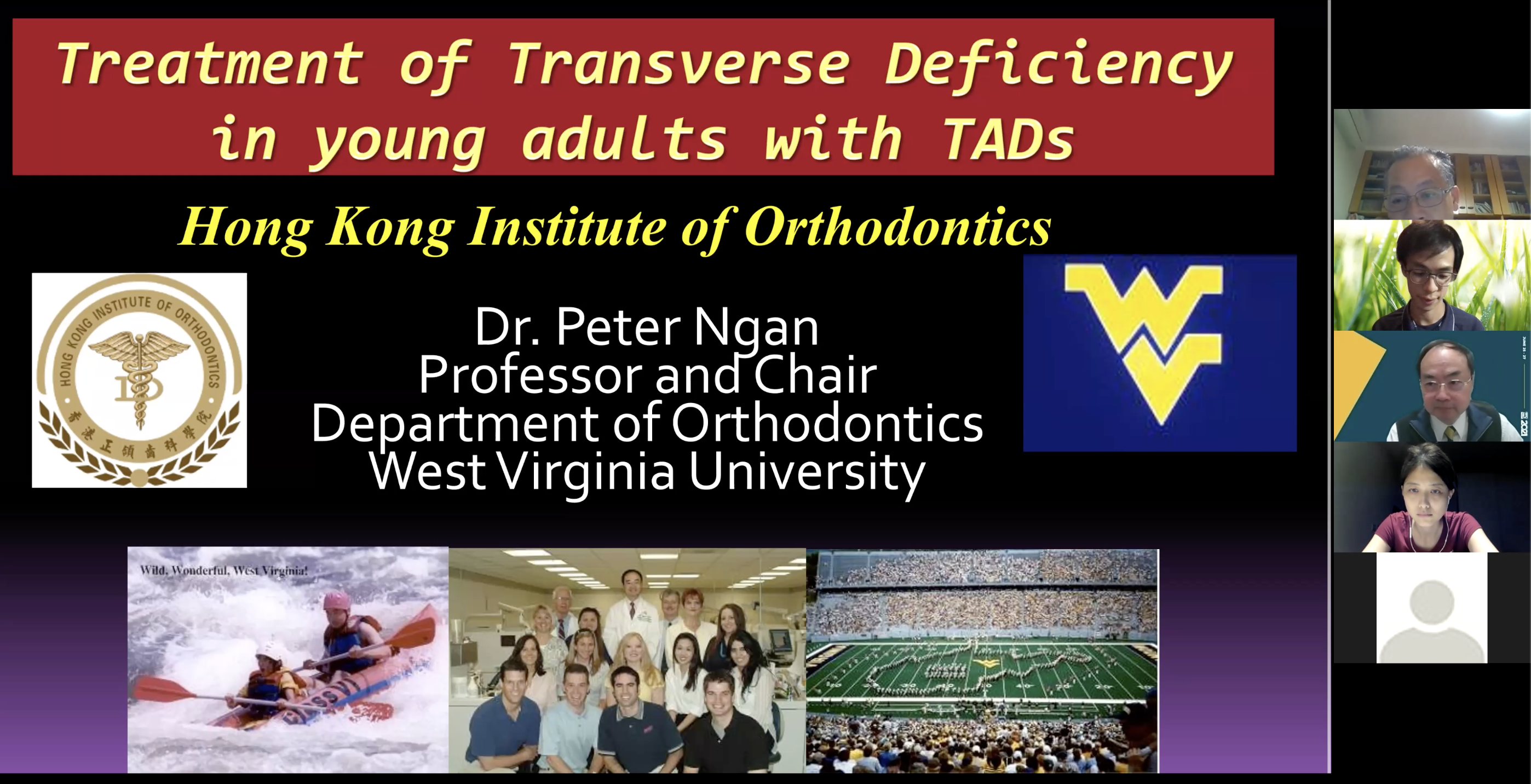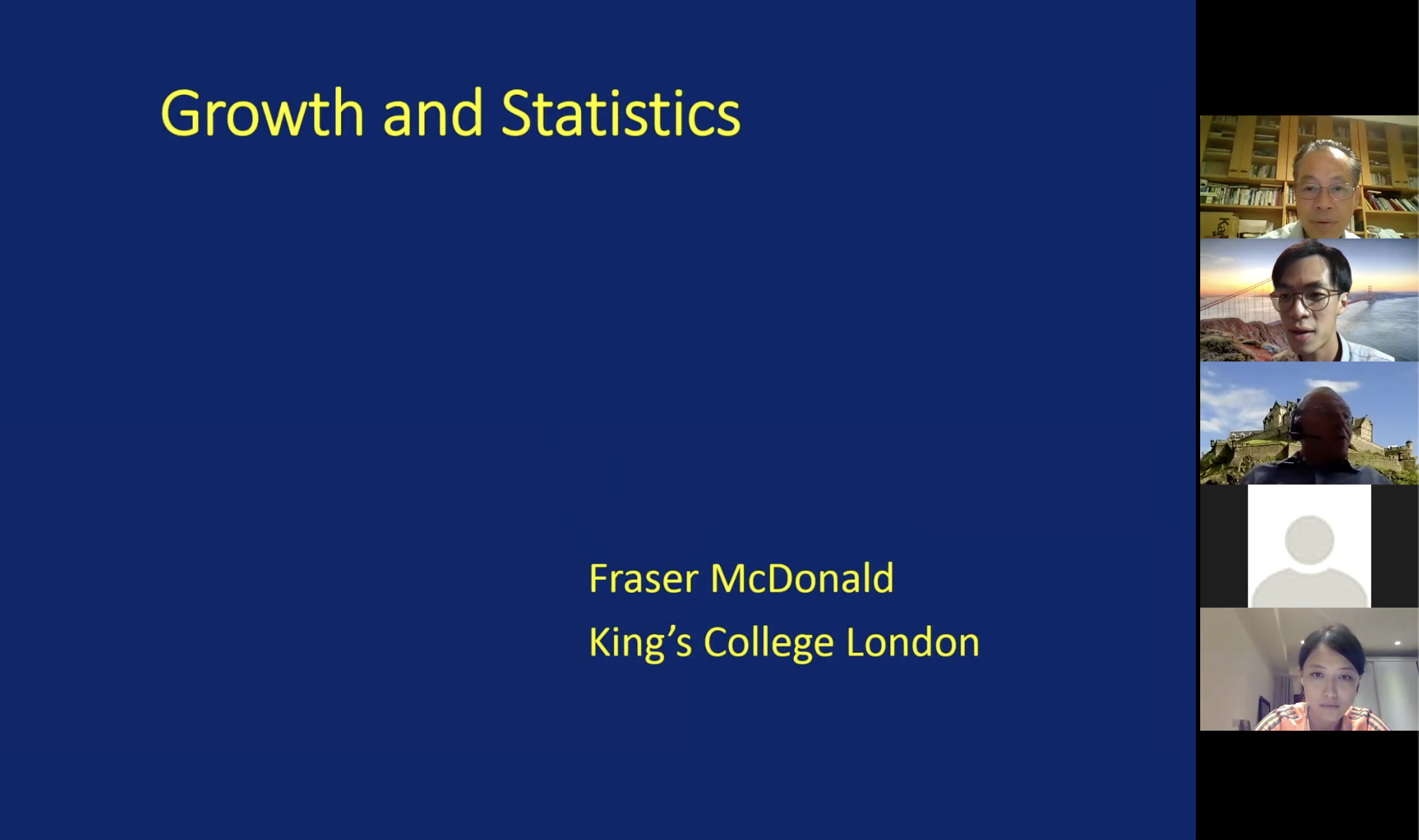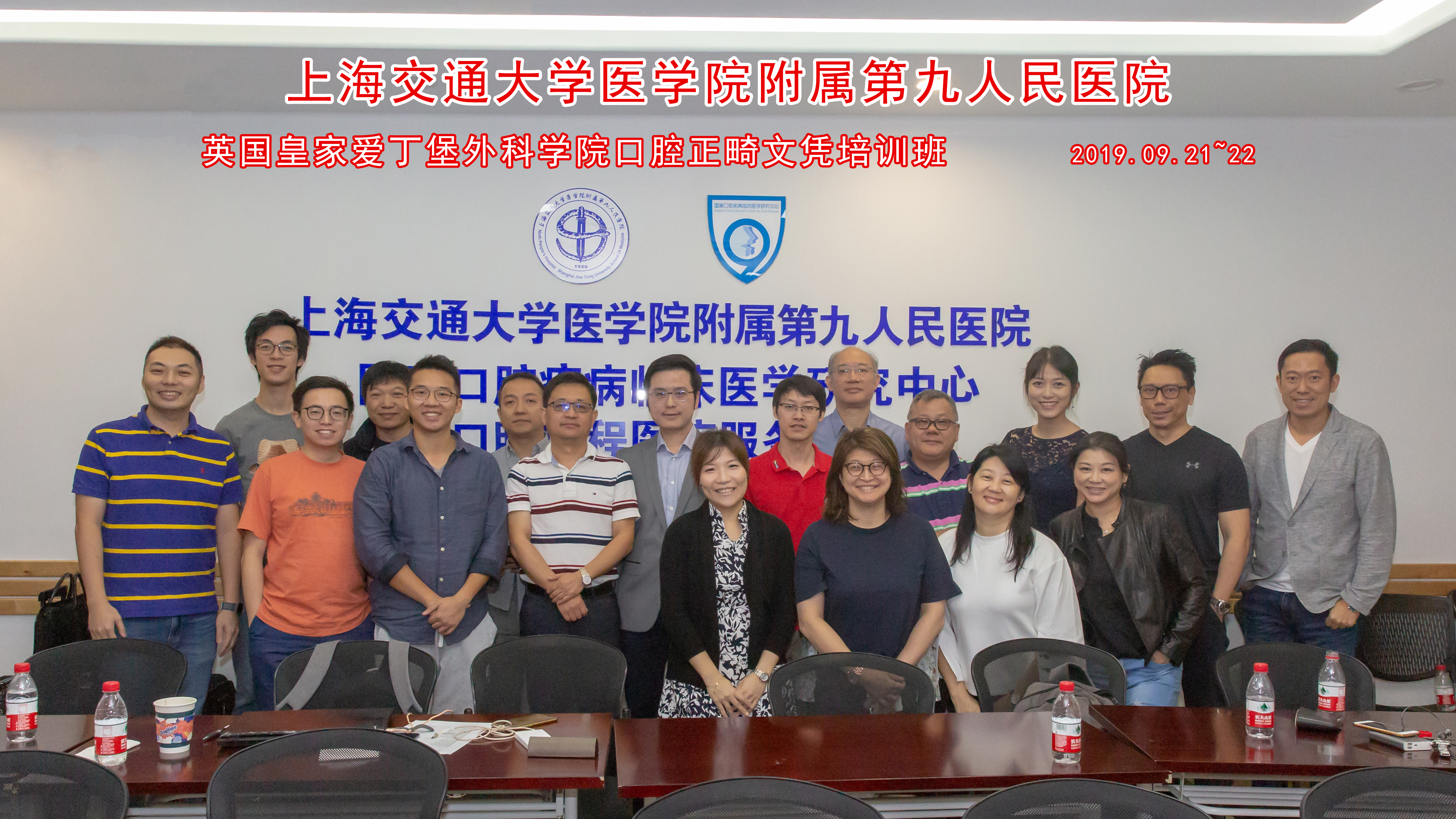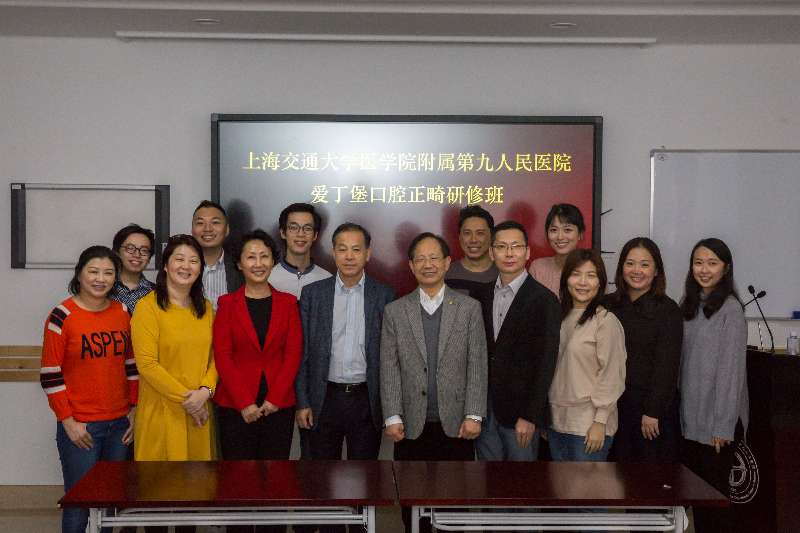Diploma
Diploma in Orthodontics for General Practitioners
The two and a half years part-time program provides general dental practitioners with an opportunity to acquire the basic level of relevant scientific and working knowledge in orthodontic diagnosis, treatment planning and treatment mechanics. Only practitioners with recognized dental qualifications and licenses to practise will be accepted into the program. Through this program, the registrant must complete a series of accredited lectures, workshops, and treatment of clinical cases.
On completion of the training, with submission of 2 completely treated or ongoing case and an examination, the successful candidate will be awarded the “Diploma in Orthodontics” by the School of Stomatology, the Ninth People’s Hospital of Shanghai Jiao Tong University.
This is the first orthodontic training program for general dental practitioners integrating a large number of educational methodologies, namely a theoretical component, workplace-based clinical practice and credible assessments/examinations. This program also gives each registrant an insight into ensuring the quality of clinical orthodontic care, exceeding patients’ higher expectations, aligning with the current direction of developing quality dental care and promoting public dental health.
Program Objectives:
The program is designed to develop family or primary care dentists’ interest in orthodontics so that they will practice based on sound scientific evidence and fundamental skills in clinical treatment methods. Upon completion of the program, the candidate must be able to:
- Diagnose anomalies of the dentition and facial structures.
- Detect deviation from normal development of the dentition and facial structures.
- Comprehend the physiological basis and limitations of orthodontic treatment.
- Assess the need of orthodontic treatment on individual and societal levels.
- Understand the professional and ethical standards of orthodontic practice.
- Formulate treatment objectives and decide on appropriate treatment plan.
- Communicate with the patients / parents on issues related to the diagnosis and treatment.
- Conduct interceptive treatment procedures especially in the mixed dentition stage.
- Envisage treatment changes and predict its course and outcome.
- Execute treatment of various types of malocclusion pertinent to the clinician’s level of knowledge and clinical skills.
- Collaborate in the comprehensive interdisciplinary dental treatment in accordance with the treatment need and clinical situation.
General Requirements:
The candidate must be a registered dentist in the country/region, obtained a dental degree, and/or the candidate is presently practising.
Candidates are required to attend all the prescribed components.
Each registrant must enroll 2 well-documented patient cases.
Registrants must treat patients under continuous supervision of qualified trainers.
All trainers must be registered centrally at the Program Management Office and formally appointed by the Program Coordinator.
Each theoretical course is concluded with an assessment.
Components :
The part-time training course will take place over a three-year period comprising the following components:.
I. Lectures and practical courses (see lecture series)
Lectures, seminars and practical exercises will be arranged throughout the program at suitable venues conducted by educational bodies appointed by the Program
Coordinator. All training sessions are compulsory.
II. Online Supervision
Participants are expected to receive online supervision before and during treatment of their cases. This is supported by specialist trainers appointed by the Program Coordinator.
III. Continuous Assessments
Each participant is expected to write essays in the following topics:
- Discuss the biological basis of tooth movement.
- What is cephalometry? Discuss its use and limitations in orthodontic diagnosis.
- What are the factors to consider in formulating an orthodontic treatment plan?
- Discuss the factors affecting your choice of extraction for orthodontic treatment.
- Discuss anchorage and its clinical significance.
- Describe 1st 2nd and 3rd order tooth movements. How does the modern fixed orthodontic appliances evolved in achieving desirable tooth movements.
- Discuss the properties of an ideal orthodontic archwire. Discuss the advantages and disadvantages of stainless steel and nickel titanium wires in orthodontic tooth movement.
- What is a functional appliance? Describe some examples of its use.
- Discuss the complications and benefits of orthodontic treatment.
- Describe the medical conditions which are relevant to orthodontics.
- What is overbite? Describe methods in overbite reduction.
- Discuss the methods in reducing overjet in a growing child.
- Discuss the management of a missing maxillary central incisor.
- Discuss your management of an impacted maxillary canine.
- Discuss your management of an impacted lower second molar.
- Discuss the methods to correct crossbite.
- Discuss the methods to correct class Ill incisor relationship.
- Discuss the correlation between malocclusion and temporomandibular disorder.
IV. Essential Reading Lists
Recommended reading lists on contemporary orthodontic issues in English and Chinese literature will be provided. The registrants are required to read and familiarize themselves with the recommended literature which constitutes part of the theoretical course.
Three mandatory textbooks:
Handbook of Orthodontics
Authors: Martyn Cobourne, Andrew DiBiase
2nd Edition – August 17, 2015 Elsevier- Essential Orthodontics (Essentials (Dentistry)) 1st Edition
Author: Thilander
July 2017 Wiley-Blackwell Clinical Cases in Orthodontics
Authors: Martyn T. Cobourne, Padhraig S. Fleming, Andrew T. DiBiase, Sofia Ahmad
July 2012 Wiley-Blackwell
V. Continuing Dental Education (CDE)
The participation in Continuing Dental Education is required with a minimum of 10 hours per annum, making a total of 20 hours or more over the first 2 years of the course. The CDE has to be organized by reputable national and international bodies on the subject of Orthodontics or other disciplines of Clinical Dental Sciences.
VI. Examination
- Written Paper
Multiple Choice Questions (MCQ) (2 hrs) - Presentation of 2 treated or almost completing cases
- Two Diagnostic Cases
- Oral Examination
On completion of the examination, the successful candidate will be awarded a “Diploma in Orthodontics” by the Ninth People’s Hospital of Shanghai Jiao Tong University. In addition the candidate may be recommended to continue the M.Ortho RCS Edin programme which may be completed in 3 years (part-time).
Online Lecture Series
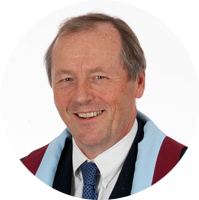
Prof. Fraser McDonald
FDS Royal College of Surgeons of Edinburgh, PhD Lond, FFD RCS Irel, MOrth Royal College of Surgeons Of England , DOrth Royal College of Surgeons Of England, MSc Lond,FDS Royal College of Surgeons Of England, BDS University of Birmingham
Immediate past Dean of the Faculty of Dental Surgery, The Royal College of Surgeons of Edinburgh. Professor McDonald also holds a Chair in Orthodontics in Relation to Oral Biology at King's College London and is an Honorary Consultant in Orthodontics. He is a Fellow of the Dental Faculty, since 1998 and was appointed the James IV Professor of the College in 2002.
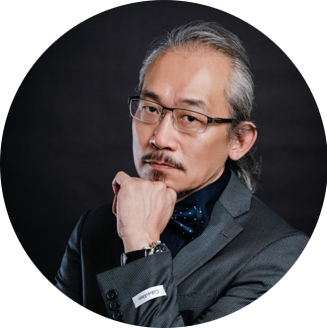
Prof. Eddie Hsiang-Hua Lai
DDS, MS, MBA, PhD, MOrthRCS(Edin), FDSRCS(Edin), FICD
Head, Division of Orthodontics and Dentofacial Orthopedics, National Taiwan University
Hospital President, Taiwan Association of Orthodontists
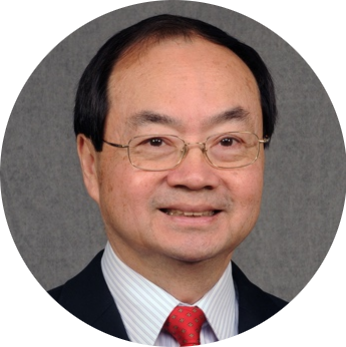
Prof. Peter Ngan
D.M.D. (Harvard), Cert. in Ortho, Pedo and Hospital Dentistry, (U. Penn), Diplomate,
Amer. Board of Pediatric Dentistry, Diplomate, Amer. Board of Orthodontics
West Virginia University Branson-Maddrell Endowed Professor
Chairman, Department of Orthodontics, West Virginia University, School of Dentistry
Honorary Professor, The University of Hong Kong
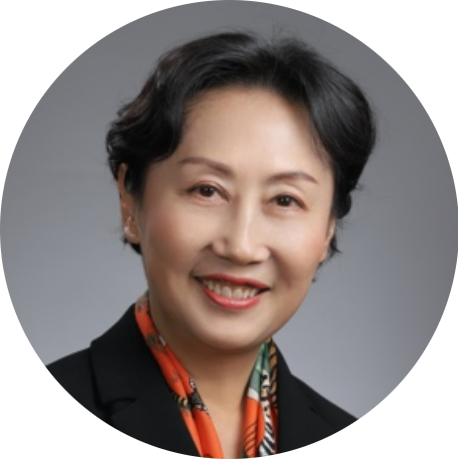
Prof. Fang Bing
DDS, PhD
Member of Edward H. Angle Society of Orthodontists (EHASO)
Head of the Department of Orthodontics, Ninth People's Hospital Affiliated to Shanghai Jiao Tong University, School of Medicine
Director of the Shanghai Key Laboratory of Stomatology & Shanghai Research Institute of Stomatology, National Clinical Research Center of Stomatology, Shanghai, China

Dr. James Chow Kwok Fai
MDS, MBBS, FDSRCS, FRCDC, FHKAM
- Series One
- Series Two
- Series Three
- Series Four
- Series Five
- Series Six
by Prof. Eddie Hsiang-Hua Lai
DDS, MS, MBA, PhD, MOrthRCS(Edin), FDSRCS(Edin), FICD
Head, Division of Orthodontics and Dentofacial Orthopedics, National Taiwan University Hospital President, Taiwan Association of Orthodontists
Topic |
Biomechanics in TADs |
3D control with TAD in Orthodontics |
Dental Implant and TADs in Orthodontics |
Treatment philosophy of posterior bite collapse |
Strategies of adult interdisciplinary orthodontic treatment |
Principles of Clear Aligner Therapy Part 1 of 3 |
Principles of Clear Aligner Therapy Part 2 of 3 |
Principles of Clear Aligner Therapy Part 3 of 3 |
by Prof. Peter Ngan and Dr. Guoqiang Guan
Peter Ngan, D.M.D. (Harvard), Cert. in Ortho, Pedo and Hospital Dentistry, (U. Penn), Diplomate, Amer. Board of Pediatric Dentistry, Diplomate, Amer. Board of Orthodontics West Virginia University Branson-Maddrell Endowed Professor
Chairman, Department of Orthodontics, West Virginia University, School of Dentistry Honorary Professor, The University of Hong Kong
Guoqiang Guan, DDS, PhD
Former program director in the Department of Orthodontics at the University of Pennsylvania School of Dental Medicine
Topic |
Treatment plan for borderline extraction cases (Prof. Ngan) |
Can we speed up orthodontic tooth movement? (Dr. Guan) |
Treatment strategies for extraction cases (Prof. Ngan) |
Treatment of extraction cases with clear aligners (Dr. Guan) |
Treatment plan for small or congenitally missing upper lateral incisors (Prof. Ngan) |
Treatment plan for congenitally missing lower second premolars (Dr. Guan) |
Treatment for impacted maxillary canines (Prof. Ngan) |
Interdisciplinary treatment of complicated adult malocclusion (Dr. Guan) |
by Prof. Fang Bing
DDS, PhD
Member of Edward H. Angle Society of Orthodontists (EHASO)
Head of the Department of Orthodontics, Ninth People’s Hospital Affiliated to Shanghai Jiao Tong University, School of Medicine
Director of the Shanghai Key Laboratory of Stomatology & Shanghai Research Institute of Stomatology, National Clinical Research Center of Stomatology, Shanghai, China
Topic |
Clear aligners: Principle and practice #1 |
Clear aligners: Principle and practice #2 |
TMJ and orthodontic treatment #1 |
TMJ and orthodontic treatment #2 |
Lingual orthodontics #1 |
Lingual orthodontics #2 |
by Dr. James Chow Kwok Fai
MDS, MBBS, FDSRCS, FRCDC, FHKAM
Topic |
interdisciplinary management of cleft lips and palates #1 |
interdisciplinary management of cleft lips and palates #2 |
malocclusion and orthognathic surgery #1 |
malocclusion and orthognathic surgery #2 |
MOS related to orthodontics |
implant dentistry and orthodontics |
by Prof. Fraser McDonald
FDS Royal College of Surgeons of Edinburgh, PhD Lond, FFD RCS Irel, MOrth Royal College of Surgeons Of England , DOrth Royal College of Surgeons Of England, MSc Lond,FDS Royal College of Surgeons Of England, BDS University of Birmingham
Topic |
Diagnosis and Treatment Planning #1 |
Diagnosis and Treatment Planning #2 |
Biology of Tooth Movement and Root Resorption |
Dental Materials |
Fixed Appliance Mechanics |
by Prof. Yang Chi
Prof. Yang Chi received his D.D.S. degree in 1986 at Zhejiang Medical University. In 1994, he received his M.D. and Ph.D degrees at the School of Stomatology, Shanghai Second Medical University. Currently, he is Professor and Vice-Director in the department of oral and maxillofacial surgery, Shanghai Ninth People’s Hospital. He is a consultant to the Chinese Society of TMD and Chinese Society of Oral and Maxillofacial Surgery. He is also the member of IAOMS and ASTMJS.
Topic |
Anatomy and Physiology of Temporomandibular joint |
Imaging and Principle of TMJ |
TMJ surgery and orthodontics |
Application:
Applicants will be required to provide a current curriculum vitae and covering letter in support of their application. The prerequisite for acceptance on the program is a registrable qualification/license to practice dentistry.
